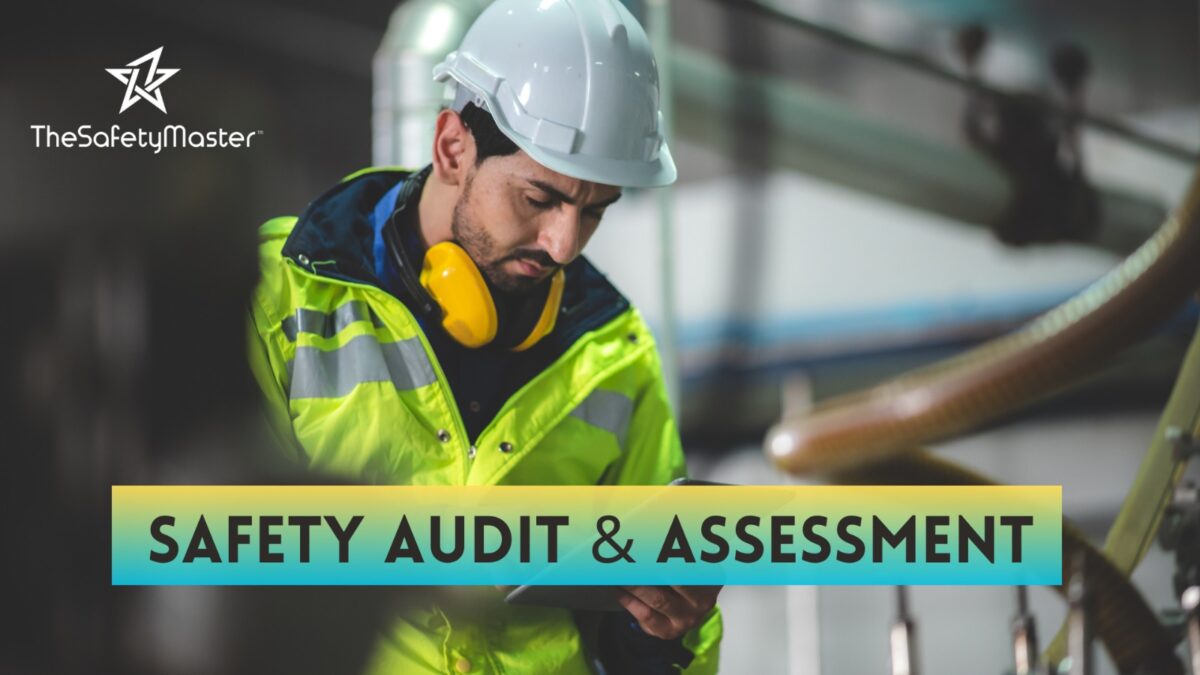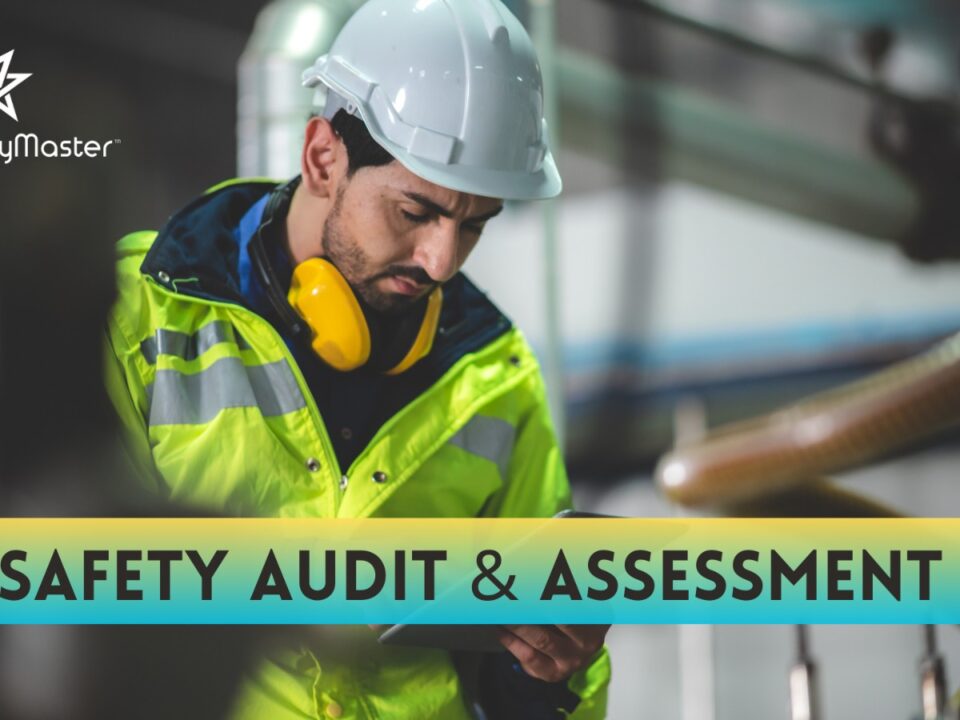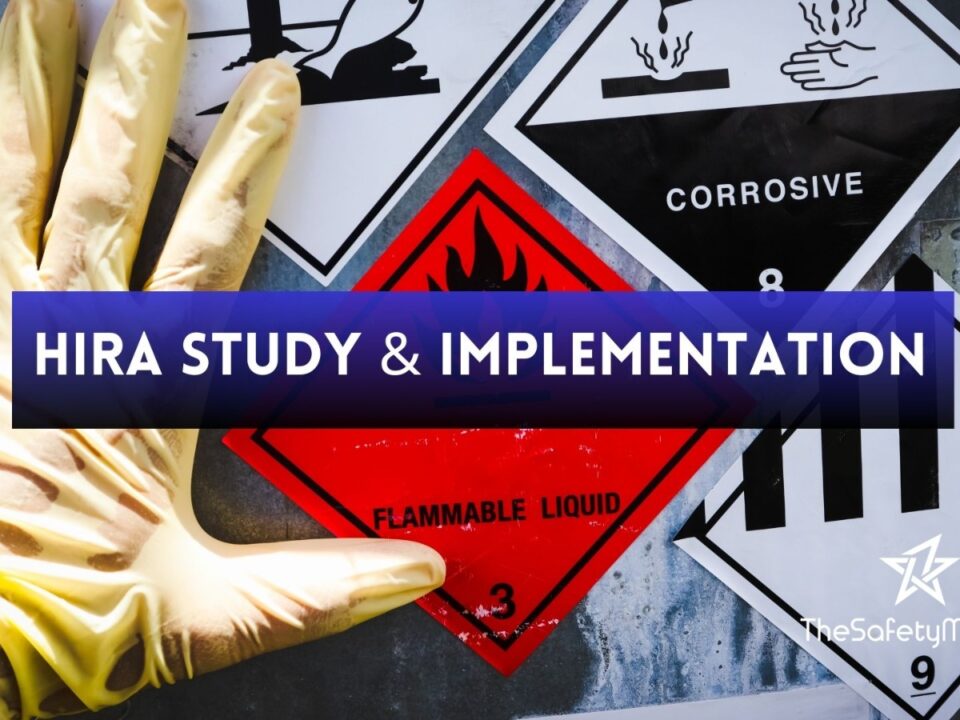Maximizing the Impact of Your Safety Audit & Strategies for Effective Implementation and Follow-Up

Future trends & innovations in HAZOP safety audit leveraging technology & data analytics for improved risk assessment
May 2, 2024Forklift Training: Advanced Techniques for Enhanced Efficiency and Productivity in the Workplace
May 6, 20241. Introduction
Welcome to “The Safety Master” guide on maximizing the impact of your safety audit and implementing effective strategies for sustained safety improvements. Safety audits are crucial for identifying potential hazards, evaluating existing safety measures, and ensuring compliance with regulations. However, their impact greatly depends on how they are conducted and followed up.
2. Understanding Safety Audits
Safety audits are comprehensive assessments of a workplace’s safety protocols, procedures, and conditions.
2.1 Importance of Safety Audits
Safety audits are vital for preventing accidents, minimizing risks, and fostering a culture of safety within an organization.
2.2 Types of Safety Audits
There are various types of safety audits, including internal audits, external audits, compliance audits, and process audits, each serving specific purposes.
3. Preparing for a Safety Audit
Proper preparation is key to ensuring a successful safety audit.
3.1 Assessing Current Safety Measures
Evaluate current safety protocols and identify areas that need improvement.
3.2 Identifying Potential Risks
Identify potential hazards and risks within the workplace.
3.3 Training Employees
Ensure all employees are adequately trained on safety procedures and protocols.
4. Conducting the Safety Audit
Conducting a safety audit requires careful planning and execution.
4.1 Engaging Stakeholders
Involve all stakeholders in the audit process to gain diverse perspectives.
4.2 Establishing Clear Criteria
Define clear criteria and objectives for the audit to ensure consistency and accuracy.
4.3 Utilizing Technology
Leverage technology such as safety management software to streamline the audit process and gather data efficiently.
5. Post-Audit Procedures
The real impact of a safety audit lies in the actions taken after the audit is completed.
5.1 Analyzing Audit Findings
Thoroughly analyze audit findings to identify trends, patterns, and areas for improvement.
5.2 Implementing Recommendations
Implement recommended changes and improvements based on audit findings.
5.3 Monitoring and Evaluation
Continuously monitor and evaluate the effectiveness of implemented changes to ensure sustained improvement.
6. Strategies for Effective Implementation
Implementing safety improvements requires careful planning and execution.
6.1 Setting Clear Goals
Define clear and achievable safety goals to guide implementation efforts.
6.2 Assigning Responsibility
Assign clear roles and responsibilities to individuals or teams responsible for implementing safety initiatives.
6.3 Creating a Timeline
Develop a realistic timeline for implementing safety improvements, taking into account resources and constraints.
6.4 Communicating Changes
Communicate changes and updates to all stakeholders to ensure buy-in and compliance.
7. Follow-Up Procedures
Follow-up procedures are essential for maintaining safety standards over time.
7.1 Regular Safety Meetings
Conduct regular safety meetings to discuss progress, address concerns, and reinforce safety protocols.
7.2 Ongoing Training
Provide ongoing training and education to employees to keep them informed about safety procedures and best practices.
7.3 Continuous Improvement
Embrace a culture of continuous improvement by soliciting feedback, conducting regular audits, and adapting to changes in the workplace environment.
8. Conclusion
Maximizing the impact of your safety audit requires careful planning, execution, and follow-up. By implementing effective strategies and procedures, organizations can create safer work environments and protect their most valuable assets—their employees.



